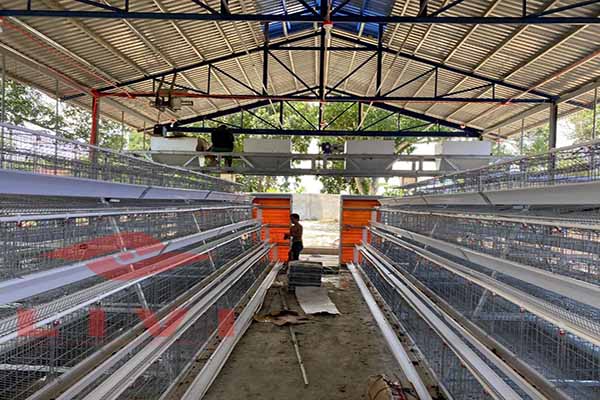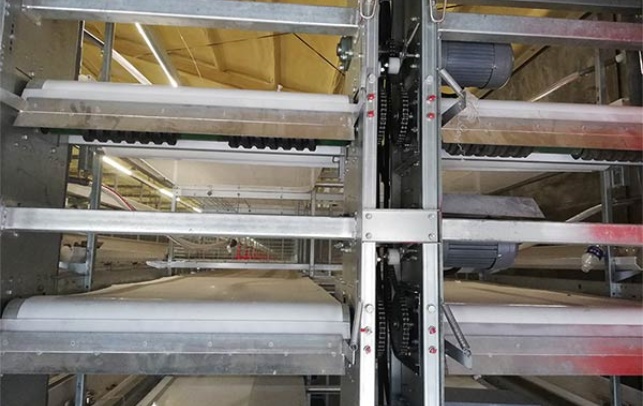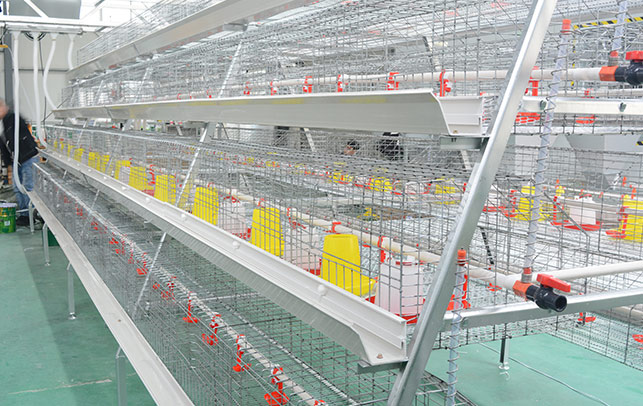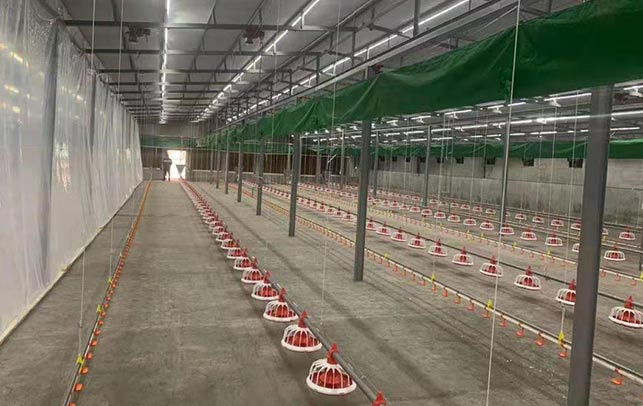How to Set the Lighting Time in Uganda Chicken Farms
Time : 2025-04-27
As the poultry industry in Uganda continues to grow, so does the need for efficient management practices. One such practice is the optimization of lighting time in chicken farms. Proper lighting is crucial for the health and productivity of your flock. In this article, we will delve into how to set the lighting time in Uganda chicken farms to ensure your chickens thrive.
Understanding the Importance of Lighting
Before we jump into the specifics of setting the lighting time, it’s important to understand why lighting is so vital in chicken farming.
1. Hormonal Regulation: Light is a significant factor in regulating the hormones responsible for growth and reproduction in chickens.
2. Health: Proper lighting can help prevent certain health issues, such as leg weakness.
3. Productivity: Lighting affects the laying cycle in laying hens, which in turn affects egg production.
Setting the Lighting Schedule
Now that we know why lighting is important, let’s look at how to set the lighting time in your Uganda chicken farm.
Step 1: Determine the Type of Lighting
The first step is to choose the right type of lighting for your chicken farm. Here are a few options:
– Incandescent Lamps: These are the cheapest option but consume a lot of electricity.
– Fluorescent Lamps: More expensive than incandescent lamps but more energy-efficient.
– LED Lights: The most expensive option but also the most energy-efficient and have a longer lifespan.
Step 2: Determine the Right Intensity
The intensity of lighting in a chicken farm should be between 20 and 40 lux. This range is ideal for maintaining good health and productivity in your flock.
Step 3: Set the Lighting Time
Now that we have the type and intensity of lighting sorted out, it’s time to determine the lighting time. Here’s how to do it:
For Broiler Chickens
– Day 1-3: 24-hour lighting.
– Day 4-14: 23 hours of light and 1 hour of darkness.
– Week 2 onwards: Gradually reduce the light by 15 minutes per day until you reach 16 hours of light and 8 hours of darkness.
For Layer Hens
– Day 1-14: 23 hours of light and 1 hour of darkness.
– Week 2 onwards: Gradually reduce the light by 15 minutes per day until you reach 16 hours of light and 8 hours of darkness.
Step 4: Monitor and Adjust
It’s crucial to monitor the lighting schedule and make adjustments as needed. Pay attention to your chickens’ behavior and health to ensure that the lighting schedule is optimized for their needs.
Tips for Success
Here are some additional tips to help you set the lighting time in your Uganda chicken farm successfully:
– Automate the Lighting Schedule: Consider using an automatic lighting system to ensure consistency and reduce the workload.
– Keep Records: Keep detailed records of your lighting schedule, so you can easily track any changes and improvements.
– Stay Informed: Stay updated with the latest research and industry trends to optimize your lighting strategy.
Conclusion
Proper lighting is a critical component of a successful chicken farm in Uganda. By understanding the importance of lighting, setting the right schedule, and staying informed, you can create an environment that promotes the health and productivity of your flock. Follow these steps and tips to set the lighting time in your Uganda chicken farm effectively.












